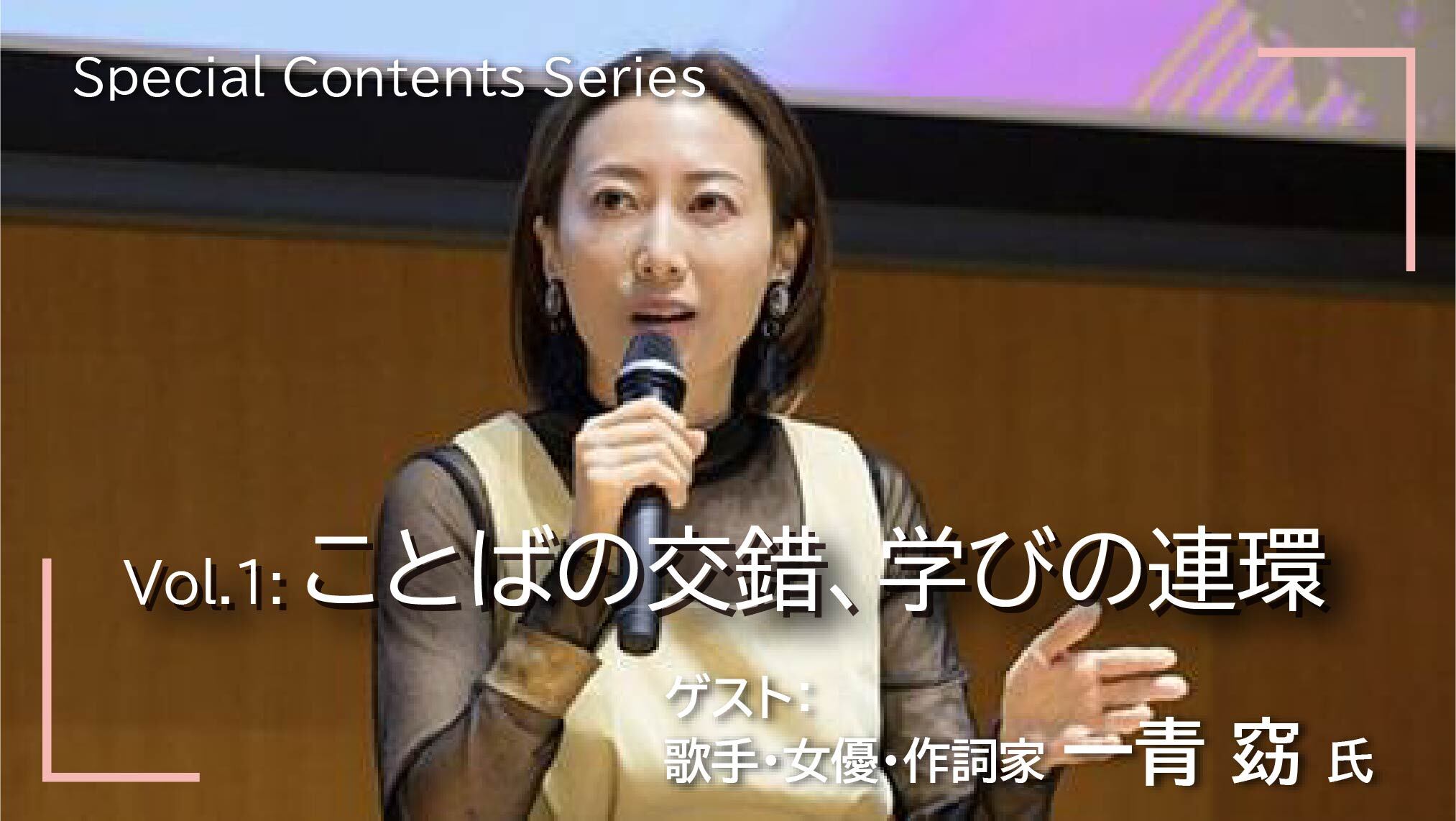
教授
牛場 潤一
Ushiba, Junichi
理工学部 生命情報学科
- Researchmap Member ID
- B000003280
- Keio Researchers Information System (K-RIS)
- Researcher Details - Ushiba, Junichi



